
テートモダンにいったら、
先日まで入口から見えないように工事してたタービンホールの地面に
巨大な亀裂ができていました。奥行き167メートル。
コロンビアのアーティスト、ドリス・サルセド(Doris Salcedo)の作品。
テートのタービンホールでやる空間インスタレーションは毎回レベルが高い。
この場合、作品そのもの意味がどうとかは僕にとってはどうでもよくて、
この作品をみたときの感動は、「こりゃどうやってつくったんだ」っていう驚嘆。
その感動は、プロセスに想いを馳せるところから始まっていることに気がつきます。
感動の種類にもいくつかあって、これはその種の
制作の過程に想いを馳せることで生まれる類の感動なのだと思います。
パソコンで加工して出力されたデジタル写真より、
暗室で色鮮やかにプリントされたアナログ写真のほうが、
うけがいいのもこのせいなのだと、最近は理解してます。
しかしながら、サルセドさん曰く、
「重要なのは、作品の持つ意味です。作り方は重要ではありません」
作品は、人種の間にある深い溝を表現したのだそう。
僕はそれを右から左に受け流して、見入ってしまったのでした。
ちなみに下のサイトから他の作品をみられます。かなり舞台美術の参考になります。
僕もテートモダンくらい大きいな舞台を7000万円くらいの予算で頼まれたら
ヒビよりもっとすごいヒビつくってやるっ。


> ロンドン(London)の近現代美術館、テート・モダン(Tate Modern)で8日、
> コロンビアの芸術家、ドリス・サルセド(Doris Salcedo)の
> インスタレーション展『Shibboleth』が始まった。
> この展示は同美術館内にある奥行き167メートルの
> 「タービン・ホール(Turbine Hall)」のコンクリートの床に、「ひび」を表現したもの。
> ひびは髪の毛の細さのものに始まり、徐々に太く深くなり、床をジクザグにはう。
> 制作には1年、展示には5週間かかったという。
> サルセドは記者団に対し、「重要なのは、作品の持つ意味です。
> 作り方は重要ではありません」と、人種主義や白人と
> その他人種との間の深い溝を表現した作品の意味の重要性を強調した。
> ひびの深さについて聞かれると、「底はありません。人間性と同じくらい深いのです」と答えた。
> 露出しているひびには金網が組み込まれている。
> これは、「境界や仕切りを設ける際、最も一般的に使われている手法」だからだという。
> 「作品は国境、移民の経験、人種差別の経験、人種的憎悪の経験、
> 欧州の中心地に来た第3世界の人たちの経験を表現しています。
> 例えば、不法移民が占拠しているのは負の場所です。
> だから、この作品は負の場所なのです」
> 『Shibboleth』はサルセドが英国で行う初の展覧会。
> もともと発電所だった場所を改築して作ったテート・モダンのタービン・ホールでは毎年、
> ユニリーバ(Unilever)の提供で現代芸術家による
> インスタレーション作品の展示が行われているが、今回はその8回目にあたる。
> 2006年はカールステン・フラー(Carsten Hoeller)の巨大滑り台だった。
> 同美術館では展示の間、スタッフがひびのそばに常駐し、
> 見学者が足を踏み外して落ちたりしないよう、注意を促すという。
> 2008年4月にはひびを埋めることで展示が終了する。
> テート・モダンのニコラス・セロータ(Nicholas Serota)館長は、
> 「痕跡」は「作品の思い出とドリスが取り上げた問題の思い出」として残ると語った。
> Shibbolethはもともと旧約聖書で使われていたヘブライ語で、
> 「よそ者を見分けるための慣習」を意味した。
> Doris Salcedo’s Shibboleth is the first work to intervene directly
> in the fabric of the Turbine Hall.
> Rather than fill this iconic space with a conventional sculpture or installation,
> Salcedo has created a subterranean chasm that stretches the length
> of the Turbine Hall. The concrete walls of the crevice are ruptured
> by a steel mesh fence, creating a tension between these elements
> that resist yet depend on one another. By making the floor
> the principal focus of her project, Salcedo dramatically shifts our perception
> of the Turbine Hall’s architecture, subtly subverting its claims
> to monumentality and grandeur. Shibboleth asks questions
> about the interaction of sculpture and space, about architecture
> and the values it enshrines, and about the shaky ideological foundations
> on which Western notions of modernity are built.
> In particular, Salcedo is addressing a long legacy of racism
> and colonialism that underlies the modern world. A ‘shibboleth’ is a custom,
> phrase or use of language that acts as a test
> of belonging to a particular social group or class.
> By definition, it is used to exclude those deemed unsuitable to join this group.
> ‘The history of racism’, Salcedo writes, ‘runs parallel to the history of modernity,
> and is its untold dark side’. For hundreds of years,
> Western ideas of progress and prosperity have been underpinned
> by colonial exploitation and the withdrawal of basic rights from others.
> Our own time, Salcedo is keen to remind us, remains defined
> by the existence of a huge socially excluded underclass,
> in Western as well as post-colonial societies.
> In breaking open the floor of the museum, Salcedo is exposing
> a fracture in modernity itself. Her work encourages us
> to confront uncomfortable truths about our history
> and about ourselves with absolute candidness, and without self-deception.
参考:
Doris Salcedo – Wikipedia [Link]
Doris Salcedo at Alexander and Bonin [Link]
White Cube — Doris Salcedo [Link]
テート・モダンに意外な「落とし穴」が出現 AFPBB News [Link
ロンドンのテート・モダンで人種差別を表現した「ひび」の展覧会 AFPBB News [Link]

Menu Close
Hall of fame 殿堂入り
-
 【香川】日本のウユニ塩湖。瀬戸内海『父母ヶ浜(ちち...
72.4k件のビュー
【香川】日本のウユニ塩湖。瀬戸内海『父母ヶ浜(ちち...
72.4k件のビュー
-
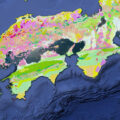 産総研が公開した地質サイトがすごい。四国の地質をみ...
45k件のビュー
産総研が公開した地質サイトがすごい。四国の地質をみ...
45k件のビュー
-
![【香川】春日川の川市 – [Kagawa] River market of Kasuga river](https://yousakana.jp/wp-content/uploads/wordpress-popular-posts/49605-featured-120x120.jpeg) 【香川 5/18】春日川の川市 – [...
42.5k件のビュー
【香川 5/18】春日川の川市 – [...
42.5k件のビュー
-
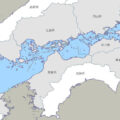 皆さんは「瀬戸内海」って聞くと、どの範囲を想像する...
42.4k件のビュー
皆さんは「瀬戸内海」って聞くと、どの範囲を想像する...
42.4k件のビュー
-
 「ザ!鉄腕!DASH!!」のダッシュ島は、瀬戸内海...
40.2k件のビュー
「ザ!鉄腕!DASH!!」のダッシュ島は、瀬戸内海...
40.2k件のビュー
-
 水面に映る桜、鹿の井出水(しかのいですい) ...
38.3k件のビュー
水面に映る桜、鹿の井出水(しかのいですい) ...
38.3k件のビュー
-
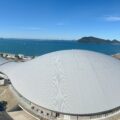 香川県立アリーナがユネスコのベルサイユ賞、最優秀賞...
38.1k件のビュー
香川県立アリーナがユネスコのベルサイユ賞、最優秀賞...
38.1k件のビュー
-
 四国・瀬戸内に移住をお考えの方はこちらへどうぞ。空...
37.3k件のビュー
四国・瀬戸内に移住をお考えの方はこちらへどうぞ。空...
37.3k件のビュー
-
 瀬戸内海の産業遺産、四阪島(しさかじま) The...
34.8k件のビュー
瀬戸内海の産業遺産、四阪島(しさかじま) The...
34.8k件のビュー
-
 【徳島】神山の食と農を次世代に繋ぐ『かま屋 』『か...
34.8k件のビュー
【徳島】神山の食と農を次世代に繋ぐ『かま屋 』『か...
34.8k件のビュー
Search 検索
More from my site
- 谷崎潤一郎さんゆかりの地、兵庫で舞台 「春琴」 演出 サイモン・マクバーニー – Shunkin Simon McBurney
- ロンドン・パラリンピックの「Meet The Superhuman」と題されたCMが凄い – Channel 4 Paralympic Games – Meet The Superhuman
- new london bus design – ロンドン・バス デザイン・リニューアル
 セントポール大聖堂 クリスマス・キャロル – Christmas Day, Festal Evensong | St Paul’s Cathedral, London
セントポール大聖堂 クリスマス・キャロル – Christmas Day, Festal Evensong | St Paul’s Cathedral, London- JAPAN CAR – DESIGNS FOR THE CROWDED GLOBE
- テストページ デザイン公開 – 魯祐 公式サイト – yousakana official site | environmental design
 London Christmas Lights 2008 – ロンドン・クリスマス・イルミネーション
London Christmas Lights 2008 – ロンドン・クリスマス・イルミネーション- ロンドン・コベントガーデンで見る。冬のインスタレーション – Constellation, Covent Garden Christmas Lights, London UVA (United Visual Artists)
- Ice Skate at Somerset House – Tiffany & Co. presents
- 農地制度改革案
Random ランダム
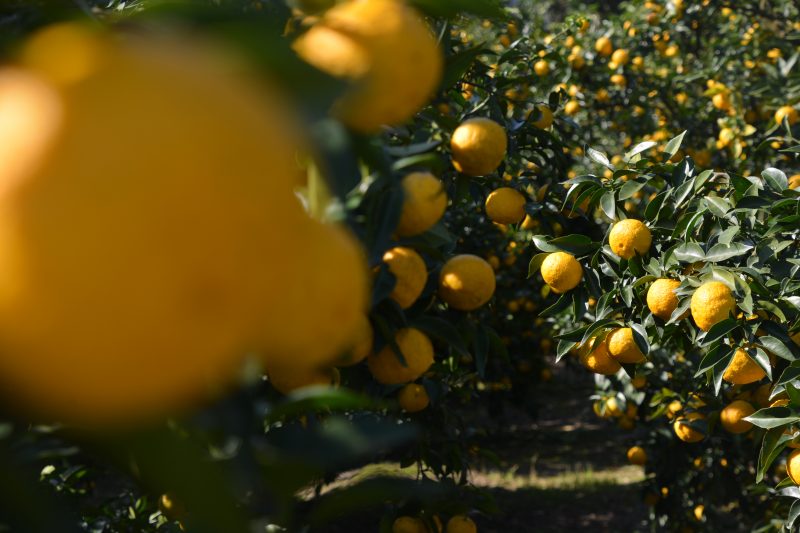 村の柚子。いい香り。
村の柚子。いい香り。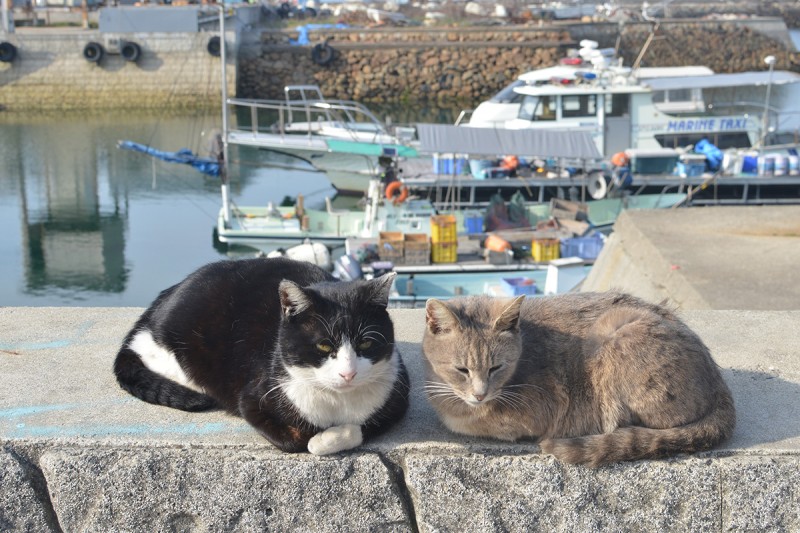 フランス人観光客が訪れる瀬戸内の島、真鍋島 Manabeshima Island Japan
フランス人観光客が訪れる瀬戸内の島、真鍋島 Manabeshima Island Japan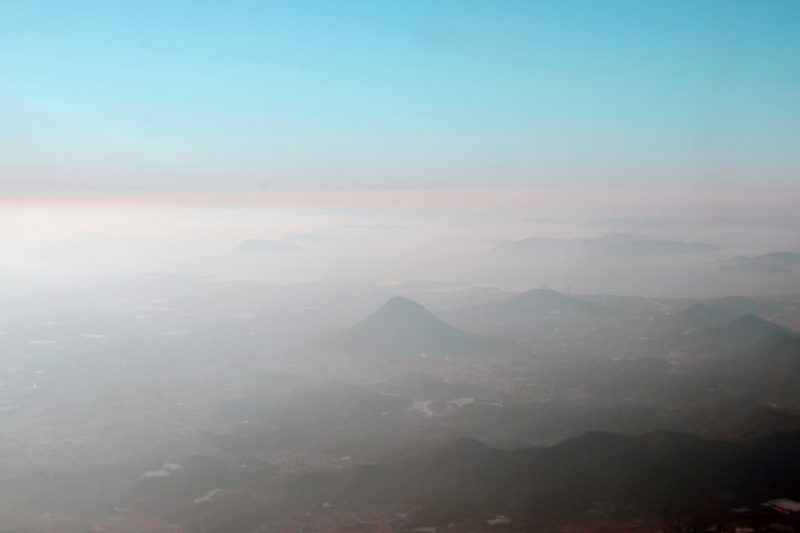 2月23日は富士山の日 – A day of Mt. Fuji
2月23日は富士山の日 – A day of Mt. Fuji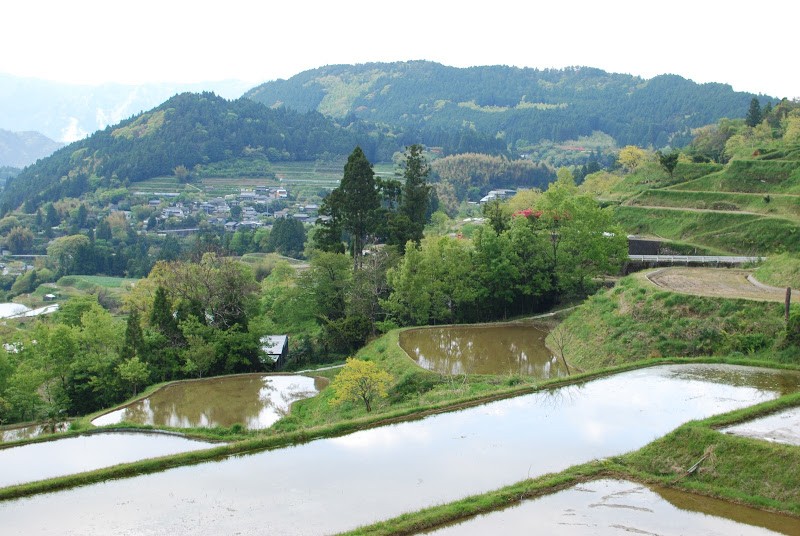 【全国大会日本一!】高知県本山町の天空の棚田米 Motoyama, terraced rice fields
【全国大会日本一!】高知県本山町の天空の棚田米 Motoyama, terraced rice fields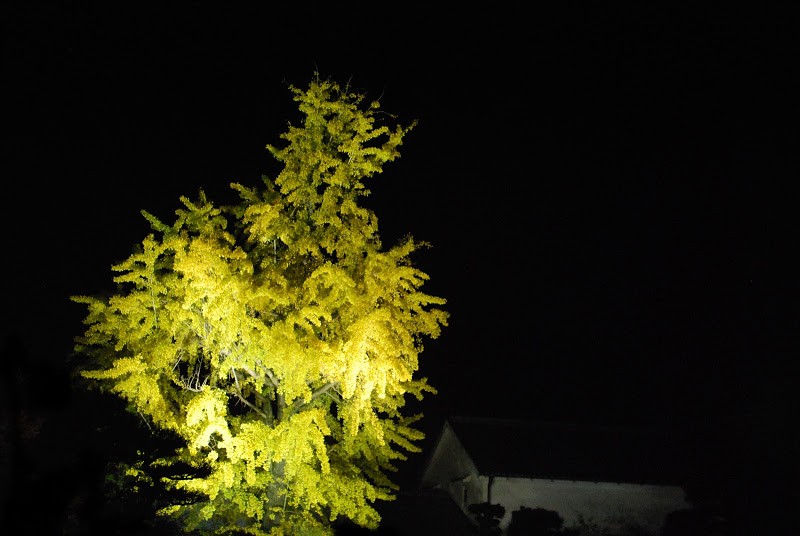 栗林公園(りつりんこうえん)の銀杏が美しい The Ritsurin Garden’s yellow beauty of a ginkgo tree.
栗林公園(りつりんこうえん)の銀杏が美しい The Ritsurin Garden’s yellow beauty of a ginkgo tree.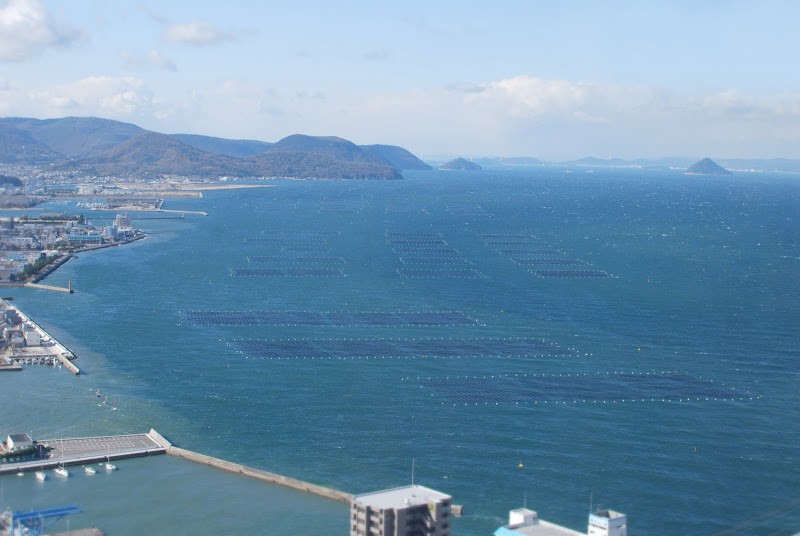 これなんでしょう?この季節、瀬戸内海には四角い枠がたくさんみられます。
これなんでしょう?この季節、瀬戸内海には四角い枠がたくさんみられます。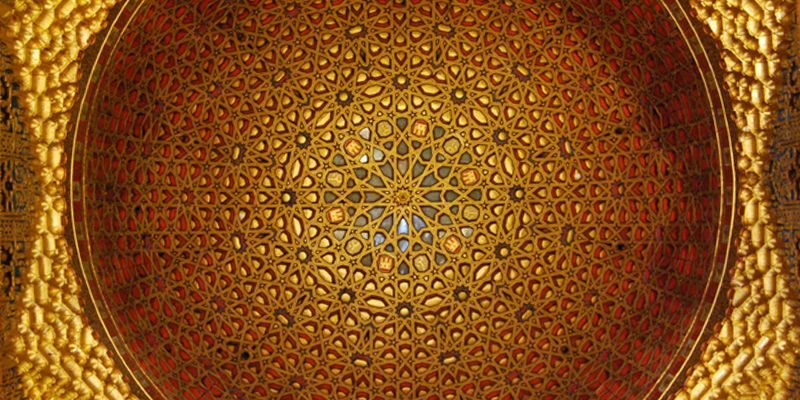 ムデハル様式 アルカサル – estilo mudejar, Reales Alcazares
ムデハル様式 アルカサル – estilo mudejar, Reales Alcazares- サグラダ・ファミリア – Sagrada Familia
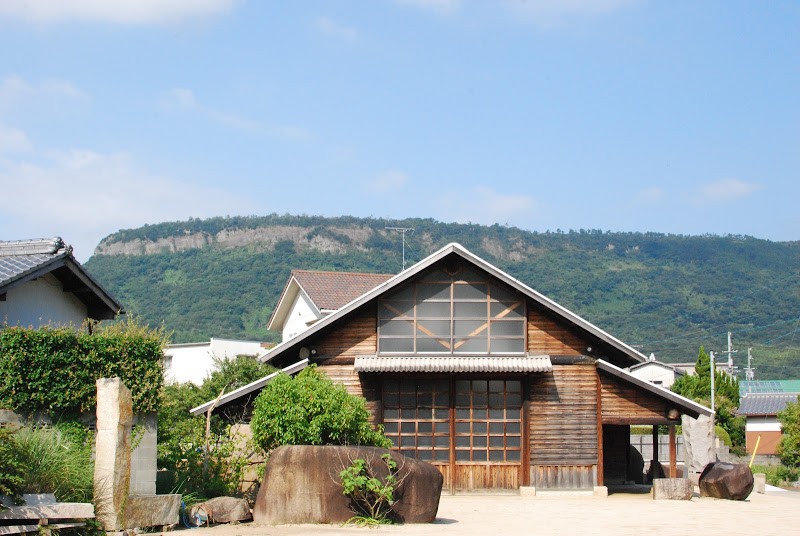 庵治石のまち牟礼(むれ)に佇む美術館。「イサムノグチ庭園美術館」 The Isamu Noguchi Garden Museum Japan
庵治石のまち牟礼(むれ)に佇む美術館。「イサムノグチ庭園美術館」 The Isamu Noguchi Garden Museum Japan![【小豆島】分かち合うコミュニティの形。小豆島のわりご弁当 – [Shodoshima island 13th Oct.] “Warigo lunch box” for Fermers’ Kabuki of Shodoshima island](https://yousakana.jp/wp-content/uploads/2017/11/shodoshima-nousonkabuki-05-800x534.jpg) 【小豆島】分かち合うコミュニティの形。小豆島のわりご弁当 – [Shodoshima island 13th Oct.] “Warigo lunch box” for Fermers’ Kabuki of Shodoshima island
【小豆島】分かち合うコミュニティの形。小豆島のわりご弁当 – [Shodoshima island 13th Oct.] “Warigo lunch box” for Fermers’ Kabuki of Shodoshima island
月 Month
Links 関連リンク
- 地域経済分析システム(RESAS)
- 観光地域づくり団体 Next IRIAI Lab.
- 一般社団法人arc(あるく)
- 高松市エリアデザイン・アーキテクト
- 瀬戸内国際芸術祭「こえび新聞」
- 【テレビ】every.フライデー | 香川県 RNC西日本放送
コメンテーター 3週毎金曜 15:50〜16:43 - 【ラジオ】波のりラジオ 1449khz | 香川県 RNC西日本放送
毎月第2土曜 12:40頃〜
Search 検索
Random ランダム
![【香川】区内町御用達の骨付鳥専門店『寄鳥味鳥』 – [Kagawa] “Yoridorimidori”, Chicken with bone](https://yousakana.jp/wp-content/uploads/2020/12/Chicken-with-bone_Yoridorimidori_kagawa-800x536.jpg) 【香川】区内町御用達の骨付鳥専門店『寄鳥味鳥』 – [Kagawa] “Yoridorimidori”, Chicken with bone
【香川】区内町御用達の骨付鳥専門店『寄鳥味鳥』 – [Kagawa] “Yoridorimidori”, Chicken with bone 【香川】吉津の河津桜 – Kawazu Cherry Blossoms of Yoshizu
【香川】吉津の河津桜 – Kawazu Cherry Blossoms of Yoshizu 吉野川沿いの菜の花畑 – Canola flowers of Yoshino river, Tokushima pref.
吉野川沿いの菜の花畑 – Canola flowers of Yoshino river, Tokushima pref.- new london bus design – ロンドン・バス デザイン・リニューアル
 高松に残る昭和の名店「中華そば マーちゃん」 Chinese Noodles “Māchan”
高松に残る昭和の名店「中華そば マーちゃん」 Chinese Noodles “Māchan” 宗田節の香り漂う土佐清水
宗田節の香り漂う土佐清水![【兵庫】瀬戸の洋上で獅子が舞う『家島天神祭』真浦の獅子舞 – [Hyogo] Lion dances over the Seto Inland Sea”Ieshima Island Festival”](https://yousakana.jp/wp-content/uploads/2017/07/ieshima-800x713.jpg) 【兵庫】瀬戸の洋上で獅子が舞う『家島天神祭』真浦の獅子舞 – [Hyogo] Lion dances over the Seto Inland Sea”Ieshima Island Festival”
【兵庫】瀬戸の洋上で獅子が舞う『家島天神祭』真浦の獅子舞 – [Hyogo] Lion dances over the Seto Inland Sea”Ieshima Island Festival” ロックなパン屋 『ミスターソーアンドソー』 – BAKER MR.So&so
ロックなパン屋 『ミスターソーアンドソー』 – BAKER MR.So&so 池の底から現れた『鴻ノ池(こうのいけ)古墳』 – Konoike burial mounds
池の底から現れた『鴻ノ池(こうのいけ)古墳』 – Konoike burial mounds![【日本名木百選、岡山県天然記念物】高台にそびえる大きな一本桜、醍醐桜 – [Okayama] Daigo cherry tree](https://yousakana.jp/wp-content/uploads/2023/03/panorama_daigo-sakura-800x533.jpeg) 【日本名木百選、岡山県天然記念物】高台にそびえる大きな一本桜、醍醐桜 – [Okayama] Daigo cherry tree
【日本名木百選、岡山県天然記念物】高台にそびえる大きな一本桜、醍醐桜 – [Okayama] Daigo cherry tree
Random ランダム
![【香川】高松の素敵な本屋まとめ – [Kagawa] Wonderful book shops at Takamatsu city](https://yousakana.jp/wp-content/uploads/2022/06/book-cafe-solow-1200x800-1-800x533.jpg) 【香川】高松の素敵な本屋まとめ – [Kagawa] Wonderful book shops at Takamatsu city
【香川】高松の素敵な本屋まとめ – [Kagawa] Wonderful book shops at Takamatsu city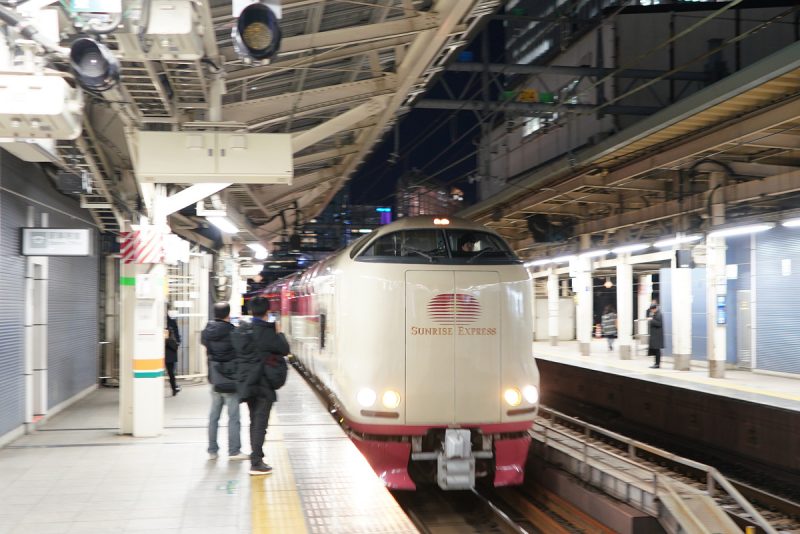 【日本唯一の定期運行寝台列車】瀬戸大橋から多島美と朝日を眺める『寝台特急サンライズ瀬戸』 – Sleeper train “The Sunrise Seto”
【日本唯一の定期運行寝台列車】瀬戸大橋から多島美と朝日を眺める『寝台特急サンライズ瀬戸』 – Sleeper train “The Sunrise Seto”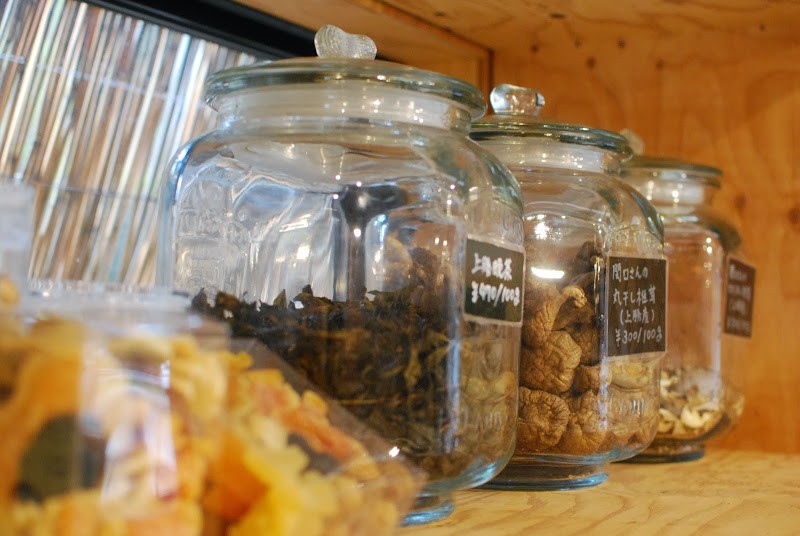 世界初の量り売りの百貨店「上勝百貨店」 Kamikatsu department
世界初の量り売りの百貨店「上勝百貨店」 Kamikatsu department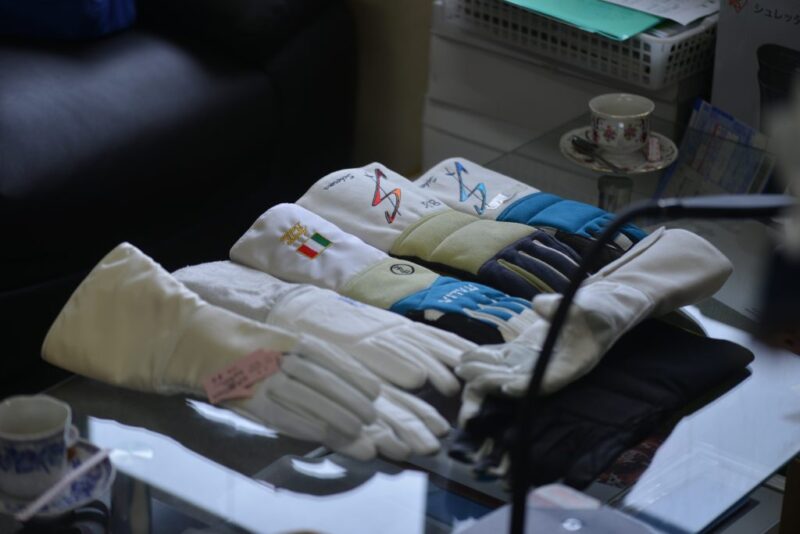 世界を狙うフェンシング・グローブ – Fencing gloves made in Higashi-kagawa
世界を狙うフェンシング・グローブ – Fencing gloves made in Higashi-kagawa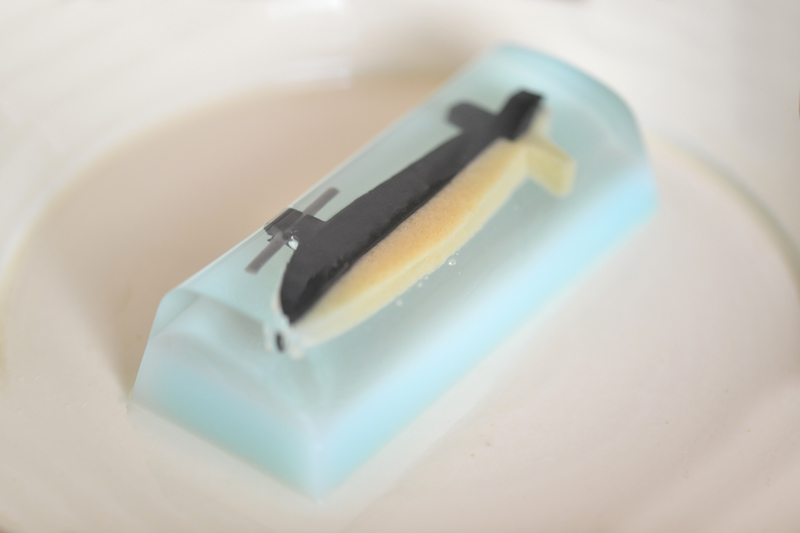 徳永豆腐店の戦艦豆乳かん – Battleship agar
徳永豆腐店の戦艦豆乳かん – Battleship agar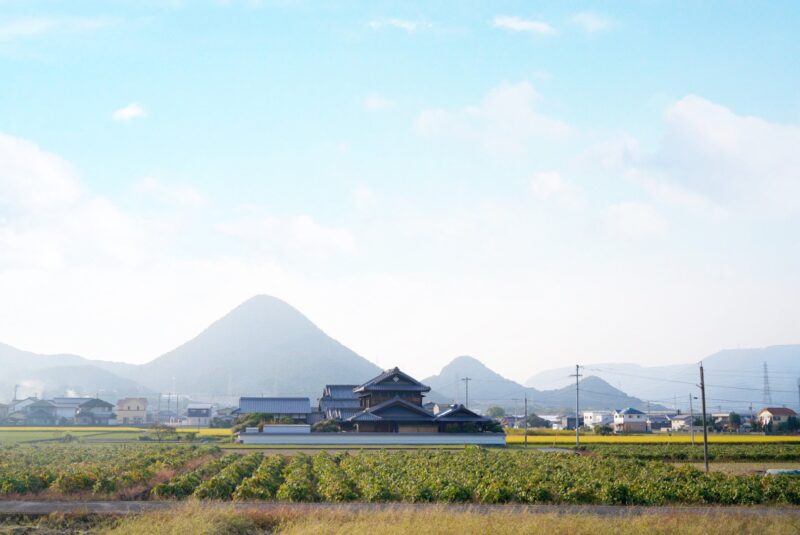 讃岐の山、三兄弟 – Mt. 3 brothers of Kagawa pref.
讃岐の山、三兄弟 – Mt. 3 brothers of Kagawa pref. 日本最長の山脈、奥羽(おうう)山脈
日本最長の山脈、奥羽(おうう)山脈![【淡路島】丹下健三設計『戦没学徒記念 若人の広場』 – [Awajishima island] “Memorial of War Dead Students, Youth Plaza” designed by architect Kenzo Tange](https://yousakana.jp/wp-content/uploads/2022/08/awaji-island_kenzo-tange-800x534.jpg) 【淡路島】丹下健三設計『戦没学徒記念 若人の広場』 – [Awajishima island] “Memorial of War Dead Students, Youth Plaza” designed by architect Kenzo Tange
【淡路島】丹下健三設計『戦没学徒記念 若人の広場』 – [Awajishima island] “Memorial of War Dead Students, Youth Plaza” designed by architect Kenzo Tange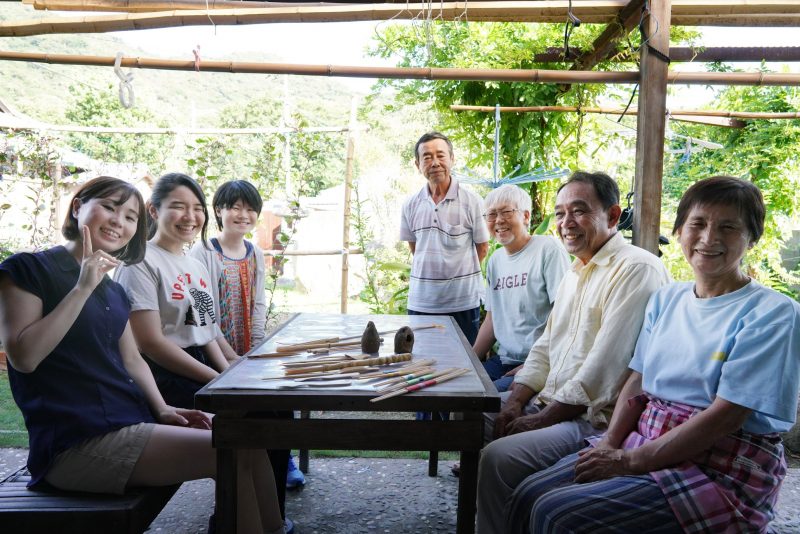 塩飽諸島・さぬき広島「ゲストハウスひるねこ」 – Guesthouse Hiruneko at sanuki-hiroshima island
塩飽諸島・さぬき広島「ゲストハウスひるねこ」 – Guesthouse Hiruneko at sanuki-hiroshima island ネギ坊主がつくるランドスケープ。香川県のたまねぎの種子産業 – The landscape created by Leek Head. The onion seed industry in Kagawa Prefecture.
ネギ坊主がつくるランドスケープ。香川県のたまねぎの種子産業 – The landscape created by Leek Head. The onion seed industry in Kagawa Prefecture.
月間ランキング - Monthly ranking
Random ランダム
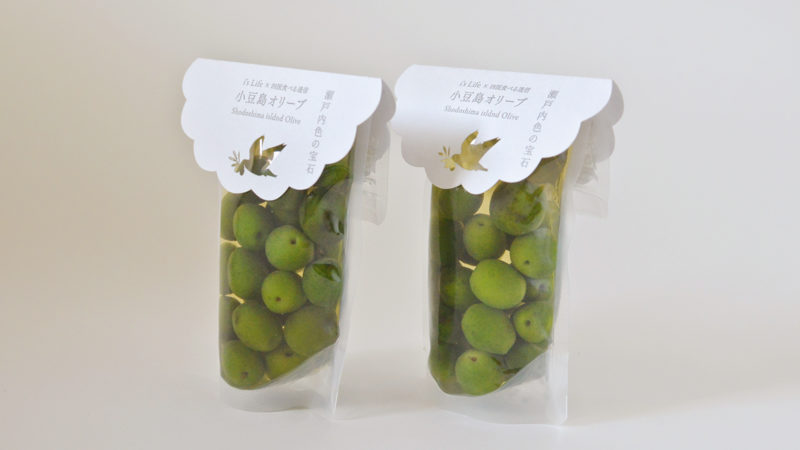 小豆島の新漬けオリーブ – Freshly pickled olive of Shodoshima island
小豆島の新漬けオリーブ – Freshly pickled olive of Shodoshima island![【香川 国の登録有形文化財】築100年以上の古民家『松賀屋』 – [Kagawa National tangible cultural property] “Matsugaya”, Traditional Japanese House](https://yousakana.jp/wp-content/uploads/2018/07/matsugaya_nio_mitoyo-800x534.jpeg) 【香川 国の登録有形文化財】築100年以上の古民家『松賀屋』 – [Kagawa National tangible cultural property] “Matsugaya”, Traditional Japanese House
【香川 国の登録有形文化財】築100年以上の古民家『松賀屋』 – [Kagawa National tangible cultural property] “Matsugaya”, Traditional Japanese House 佐那河内村(さなごうちそん)の常会
佐那河内村(さなごうちそん)の常会- 三溪園散歩
 斜面に広がる天空の郷。徳島にある石垣の集落「祖谷・落合」 Ochiai vilage at Iya valley
斜面に広がる天空の郷。徳島にある石垣の集落「祖谷・落合」 Ochiai vilage at Iya valley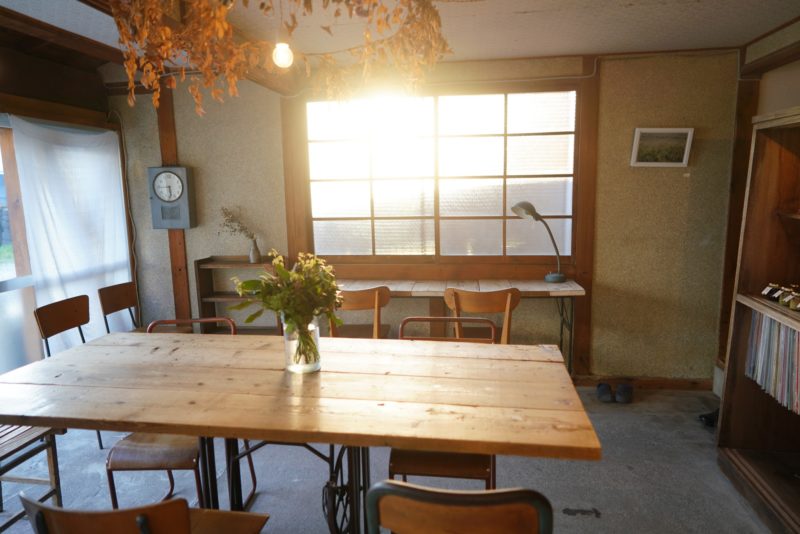 ゆったり時間がながれるカフェ「テルツォ・テンポ」 – terzo tempo
ゆったり時間がながれるカフェ「テルツォ・テンポ」 – terzo tempo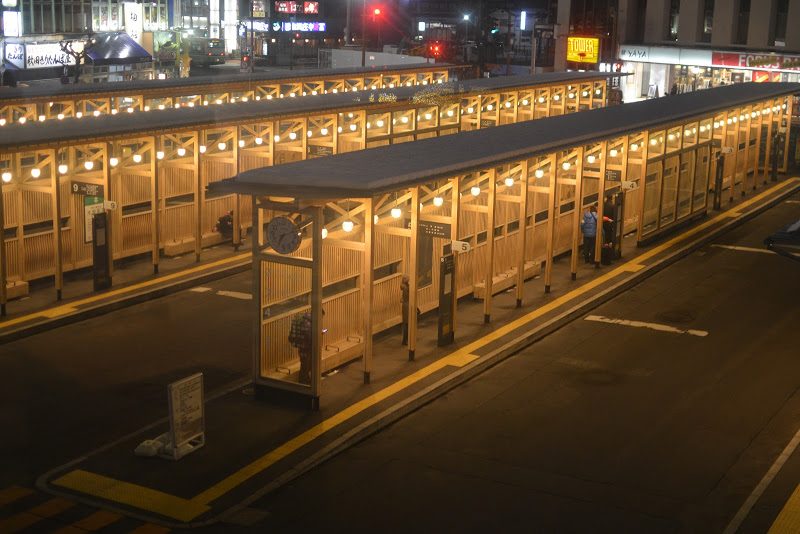 秋田杉を使った美しい秋田駅バスターミナル Timbered Akita station bus terminal
秋田杉を使った美しい秋田駅バスターミナル Timbered Akita station bus terminal- 日本で最も美しい村連合、北海道 美瑛(びえい)町の青い池がMacBook Pro Retinaディスプレイモデルの壁紙に!
![【徳島】 ゼロ・ウェイストアクションホテル『WHY』 – [Tokushima] Kamikatsu town Zero Waste Action Hotel “WHY”](https://yousakana.jp/wp-content/uploads/2020/12/hotel-why_kamikatsu_tokushima-800x533.jpg) 【徳島】 ゼロ・ウェイストアクションホテル『WHY』 – [Tokushima] Kamikatsu town Zero Waste Action Hotel “WHY”
【徳島】 ゼロ・ウェイストアクションホテル『WHY』 – [Tokushima] Kamikatsu town Zero Waste Action Hotel “WHY”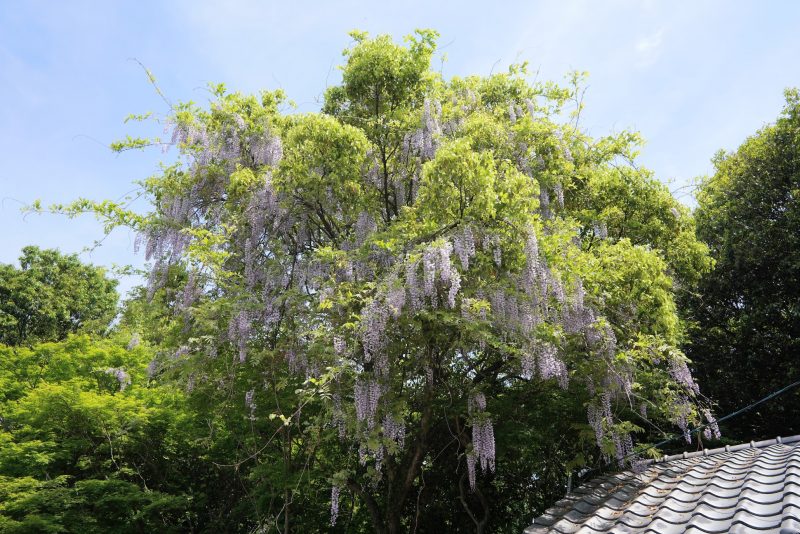 【香川・さぬき百景】手付かずの鎮守の森『藤尾八幡神社』の藤(フジ) – Fujio Hachiman Shrine
【香川・さぬき百景】手付かずの鎮守の森『藤尾八幡神社』の藤(フジ) – Fujio Hachiman Shrine
Random ランダム
 こんぴらさんの麓のコロッケ「平岡精肉店」 Croquette of Hiraoka Butcher shop near Konpira shrine
こんぴらさんの麓のコロッケ「平岡精肉店」 Croquette of Hiraoka Butcher shop near Konpira shrine 名勝を探しに広島県福山市・鞆(とも)、仙酔島へ Sensuijima island
名勝を探しに広島県福山市・鞆(とも)、仙酔島へ Sensuijima island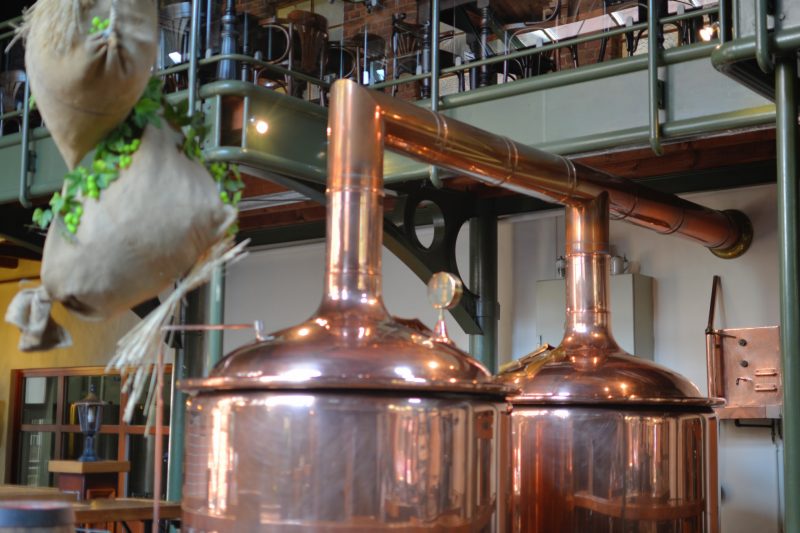 1000年の歴史を持つ世界遺産の古都クヴェトリンブルグのブルワリーを尋ねる旅
1000年の歴史を持つ世界遺産の古都クヴェトリンブルグのブルワリーを尋ねる旅![【小豆島】ぷりっぷりの食感に感動!『なかぶ庵』さんの生そうめん – [Shodoshima island] Somen noodles (fine white noodles) “Nakabuan”](https://yousakana.jp/wp-content/uploads/2022/03/nakabuan_shomen_shodoshima-island_index-800x533.jpg) 【小豆島】ぷりっぷりの食感に感動!『なかぶ庵』さんの生そうめん – [Shodoshima island] Somen noodles (fine white noodles) “Nakabuan”
【小豆島】ぷりっぷりの食感に感動!『なかぶ庵』さんの生そうめん – [Shodoshima island] Somen noodles (fine white noodles) “Nakabuan”![【高知】日本の桜名所100選。植物学者・牧野富太郎さんの故郷にある『牧野公園』 – [Kochi] “Makino Park”, Botanist Tomitaro Makino](https://yousakana.jp/wp-content/uploads/2022/02/panorama_makino-park_sakura-800x533.jpg) 【高知】日本の桜名所100選。植物学者・牧野富太郎さんの故郷にある『牧野公園』 – [Kochi] “Makino Park”, Botanist Tomitaro Makino
【高知】日本の桜名所100選。植物学者・牧野富太郎さんの故郷にある『牧野公園』 – [Kochi] “Makino Park”, Botanist Tomitaro Makino 朝の連ドラを見ながらうどんを食べて、出勤するというライフスタイル – My lifestyle with Sanuki udon
朝の連ドラを見ながらうどんを食べて、出勤するというライフスタイル – My lifestyle with Sanuki udon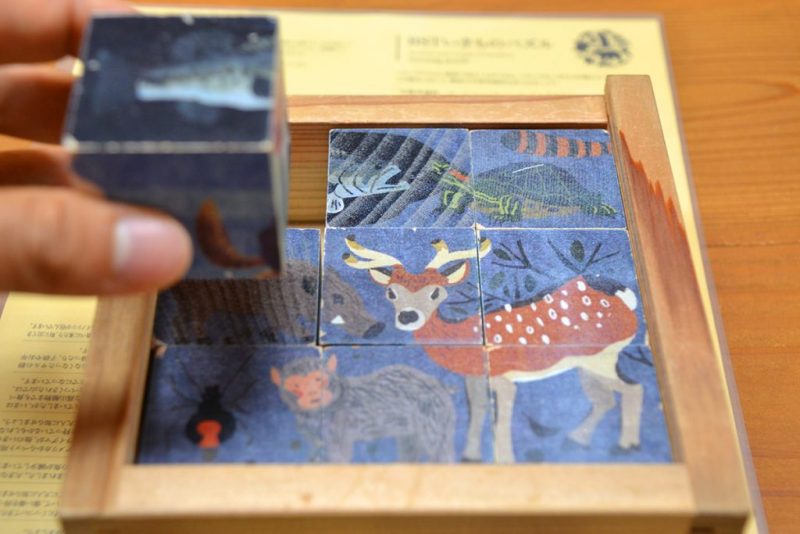 オビカカズミさんの絵が書かれた森のパズル
オビカカズミさんの絵が書かれた森のパズル![【小豆島】池田の桟敷。江戸時代に築かれた石垣でみる秋祭り – [Shodoshima] The autumn festival at stone wall in Shodo island](https://yousakana.jp/wp-content/uploads/2014/09/shodoshima-festival-Autumn-800x536.jpg) 【小豆島】池田の桟敷。江戸時代に築かれた石垣でみる秋祭り – [Shodoshima] The autumn festival at stone wall in Shodo island
【小豆島】池田の桟敷。江戸時代に築かれた石垣でみる秋祭り – [Shodoshima] The autumn festival at stone wall in Shodo island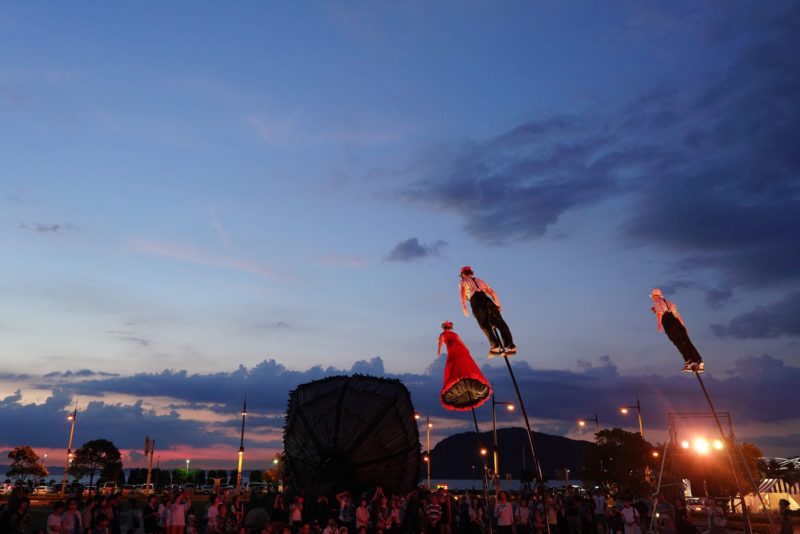 【香川 7/20-8/4】瀬戸内の夜風を感じる食とアートと音楽の祭り「SETOUCHI SUMMER NIGHT FESTIVAL」
【香川 7/20-8/4】瀬戸内の夜風を感じる食とアートと音楽の祭り「SETOUCHI SUMMER NIGHT FESTIVAL」 無数のだんじりが川辺に集まる。西条祭り、伊曽乃神社の宮入り。夕暮れ編
無数のだんじりが川辺に集まる。西条祭り、伊曽乃神社の宮入り。夕暮れ編
Random ランダム
 高松市サンポート『エリアデザイン・アーキテクト』を拝命しました! – “Area Design Architect” for Sunport, Takamatsu
高松市サンポート『エリアデザイン・アーキテクト』を拝命しました! – “Area Design Architect” for Sunport, Takamatsu![【香川】甘い香り。いちご狩り スカイファーム – [Kagawa] Strawberry Picking “SKY FARM”](https://yousakana.jp/wp-content/uploads/2018/05/strawberry-800x534.jpg) 【香川】甘い香り。いちご狩り スカイファーム – [Kagawa] Strawberry Picking “SKY FARM”
【香川】甘い香り。いちご狩り スカイファーム – [Kagawa] Strawberry Picking “SKY FARM”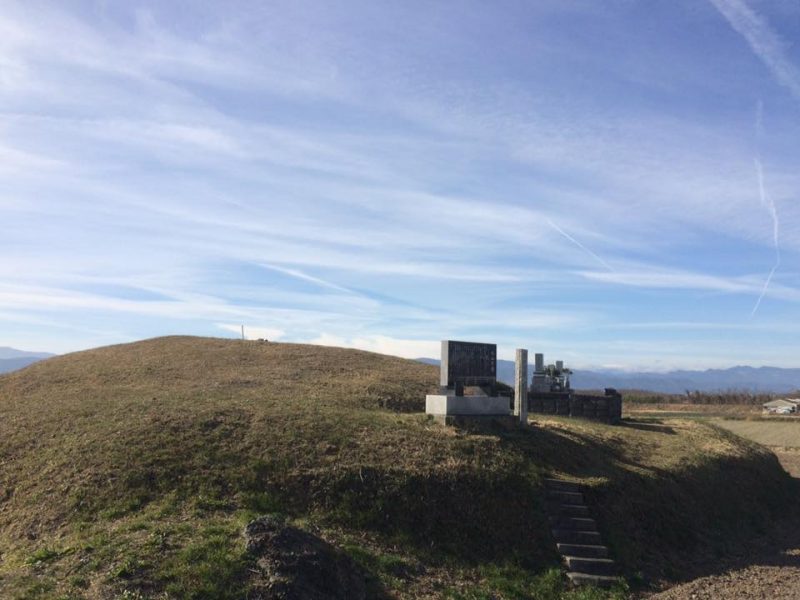 徳島、古墳と鎮守の森
徳島、古墳と鎮守の森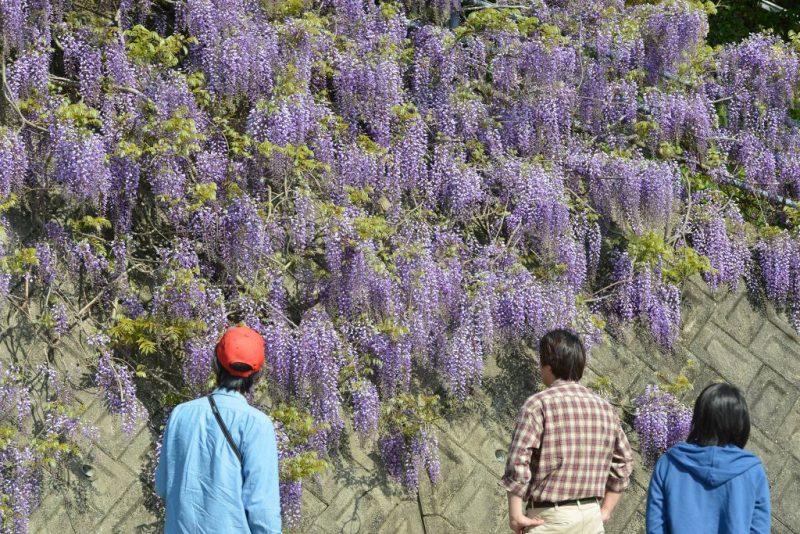 春の花を巡る山のフィールドワーク。さなごうち – Fieldwork of spring mountain at Sanagochi village
春の花を巡る山のフィールドワーク。さなごうち – Fieldwork of spring mountain at Sanagochi village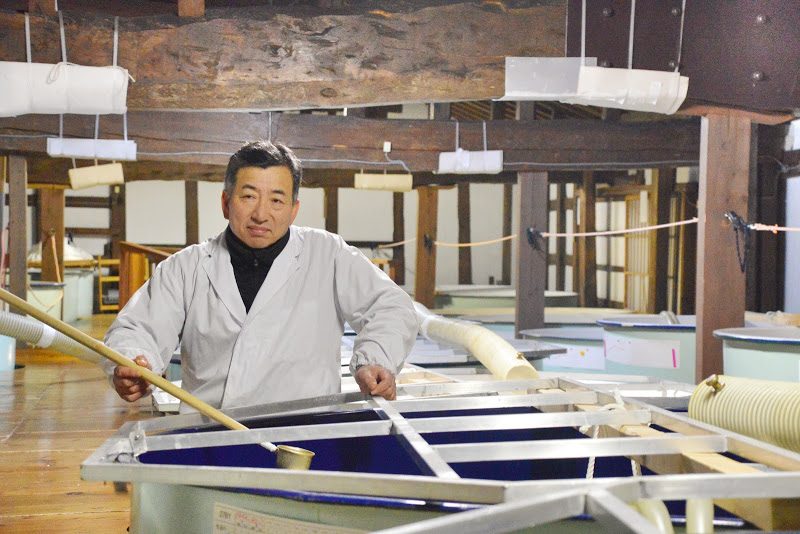 田んぼの風景をビンにつめた日本酒「天の戸・浅舞酒造」 Amanoto, Asamai sake factory, Akita pref.
田んぼの風景をビンにつめた日本酒「天の戸・浅舞酒造」 Amanoto, Asamai sake factory, Akita pref.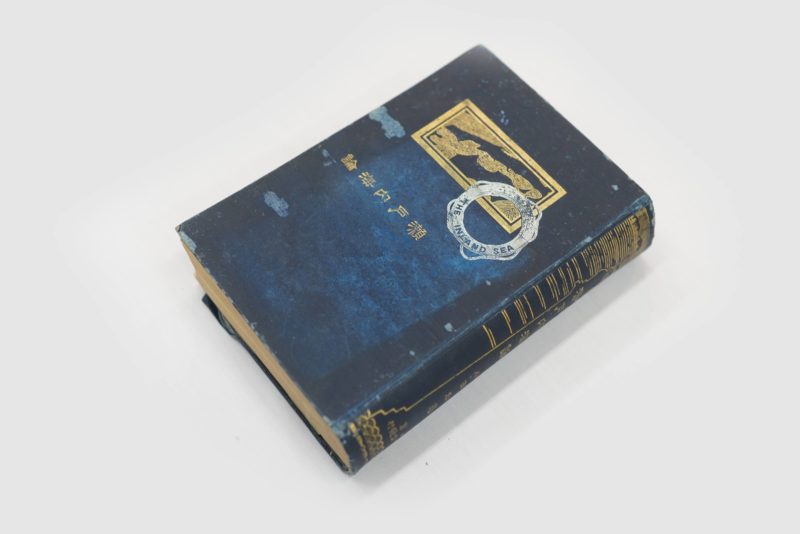 すべてはこの一冊からはじまった。『瀬戸内海論』小西和 – Book of Seto Inland Sea by Kanau Konishi
すべてはこの一冊からはじまった。『瀬戸内海論』小西和 – Book of Seto Inland Sea by Kanau Konishi![【香川】山頂からの瀬戸内と讃岐平野を見渡す絶景!上佐山(うわさやま) – [Kagawa] Mt. Uwasa yama, Spectacular views over the Seto Inland Sea and the Sanuki Plain from the summit.](https://yousakana.jp/wp-content/uploads/2024/01/mt-uwasayama-1-800x533.jpeg) 【香川】山頂からの瀬戸内と讃岐平野を見渡す絶景!上佐山(うわさやま) – [Kagawa] Mt. Uwasa yama, Spectacular views over the Seto Inland Sea and the Sanuki Plain from the summit.
【香川】山頂からの瀬戸内と讃岐平野を見渡す絶景!上佐山(うわさやま) – [Kagawa] Mt. Uwasa yama, Spectacular views over the Seto Inland Sea and the Sanuki Plain from the summit.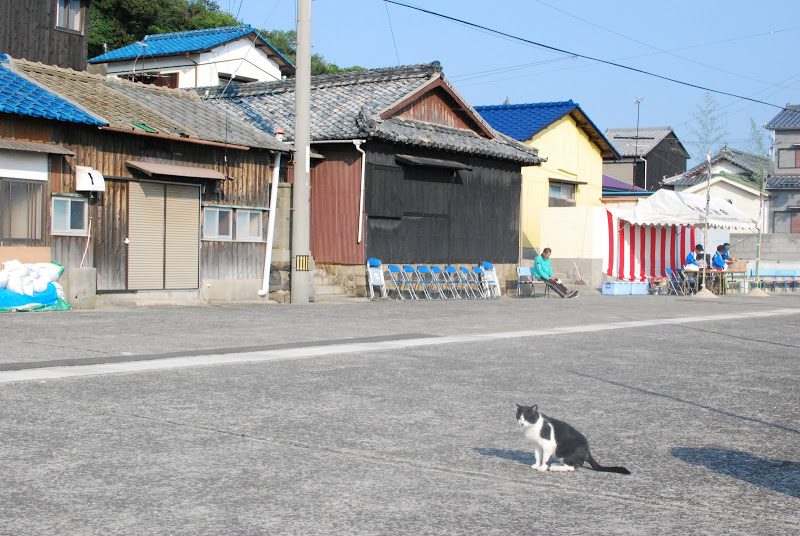 猫の楽園、佐柳島(さなぎしま)へ The cats’ paradise Sanagi island.
猫の楽園、佐柳島(さなぎしま)へ The cats’ paradise Sanagi island.![【徳島】上勝町ゼロ・ウェイストセンター – [Tokushima] KAMIKATSU ZERO WASTE CENTER](https://yousakana.jp/wp-content/uploads/2020/12/KAMIKATSU-ZERO-WASTE-CENTER-800x533.jpg) 【徳島】上勝町ゼロ・ウェイストセンター – [Tokushima] KAMIKATSU ZERO WASTE CENTER
【徳島】上勝町ゼロ・ウェイストセンター – [Tokushima] KAMIKATSU ZERO WASTE CENTER 【徳島】春の足音、バンドマンの菜の花農家。佐那河内村の菜の花農家 森崎
【徳島】春の足音、バンドマンの菜の花農家。佐那河内村の菜の花農家 森崎
Random ランダム
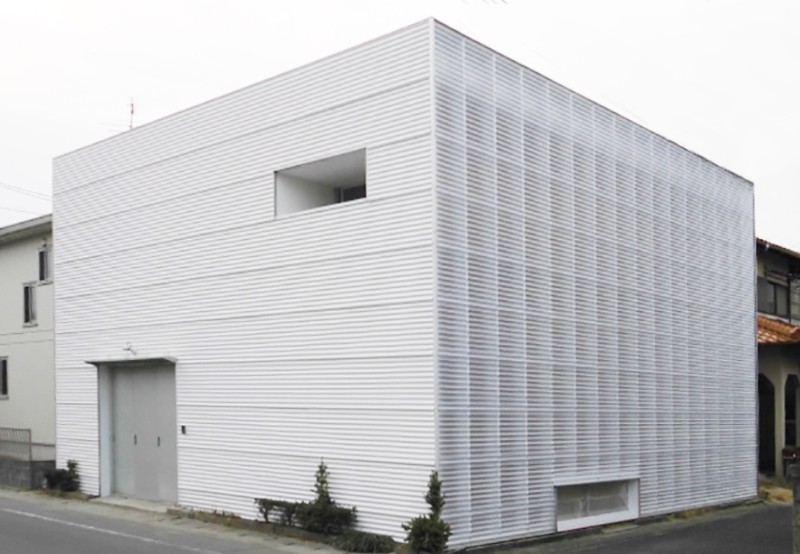 【2月20日(土)開館】SANAA設計の個人住宅がギャラリーとしてオープン。岡山・S-HOUSE
【2月20日(土)開館】SANAA設計の個人住宅がギャラリーとしてオープン。岡山・S-HOUSE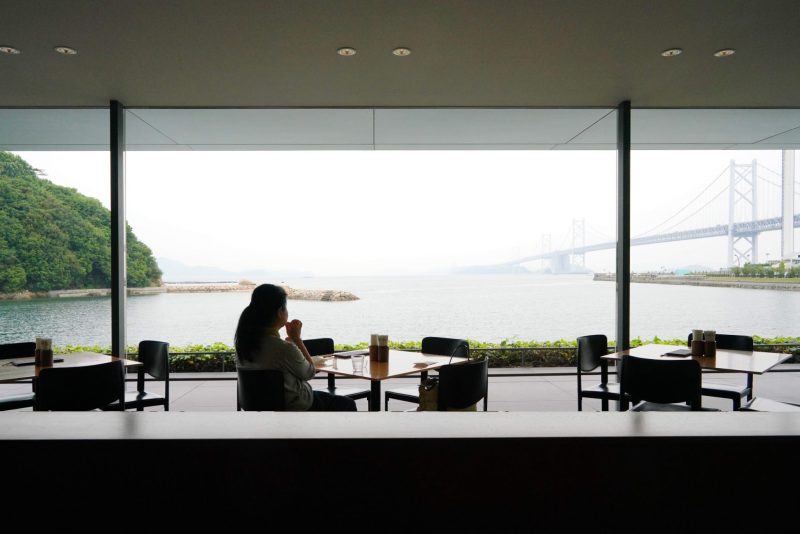 魁夷の想いがこもった景色を眺める『東山魁夷せとうち美術館』 – HIGASHIYAMA KAII SETOUCHI ART MUSEUM
魁夷の想いがこもった景色を眺める『東山魁夷せとうち美術館』 – HIGASHIYAMA KAII SETOUCHI ART MUSEUM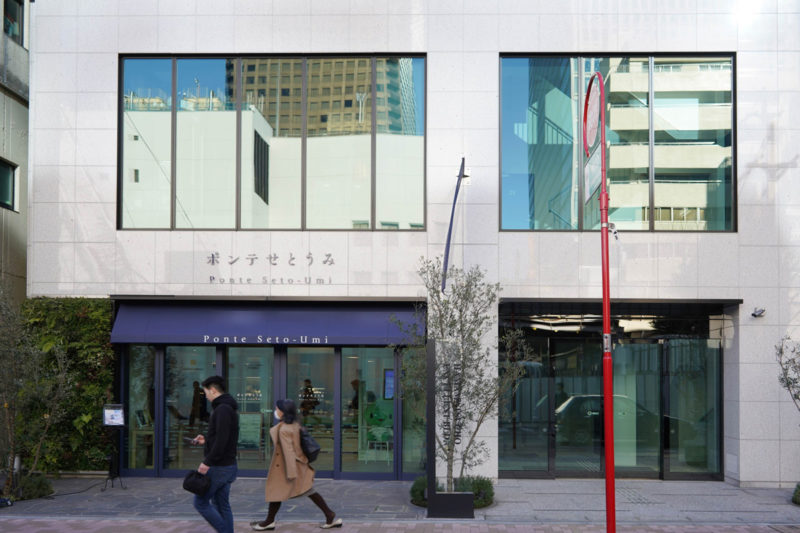 瀬戸内海の美味しいもの東京で味わう「ポンテせとうみ」 – Ponte Seto-Umi
瀬戸内海の美味しいもの東京で味わう「ポンテせとうみ」 – Ponte Seto-Umi- 【今日のあるく・みる・きく】高知県室戸市でイケダハヤトさんのブログセミナーに参加しています
 すだちコロナ Sudachi Corona
すだちコロナ Sudachi Corona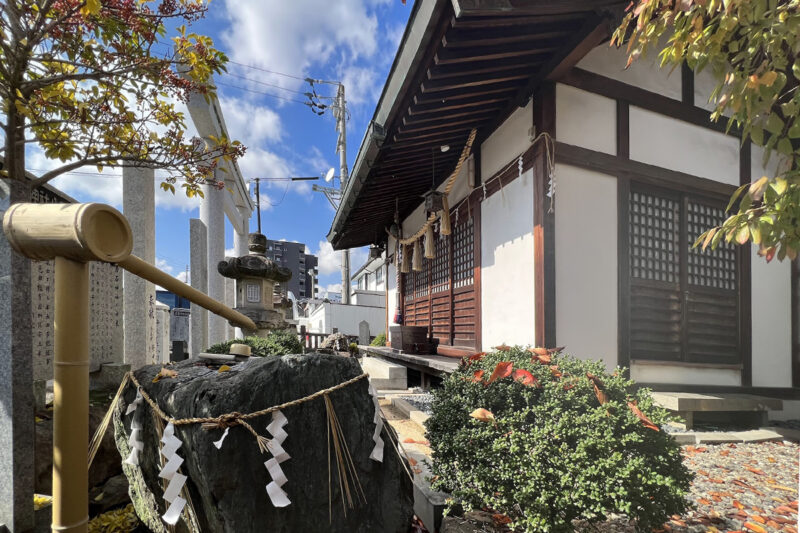 古代の水の祈り『居石(おりいし)遺跡』 – Ancient, prayer for water, “Oriishi archaeological site”.
古代の水の祈り『居石(おりいし)遺跡』 – Ancient, prayer for water, “Oriishi archaeological site”.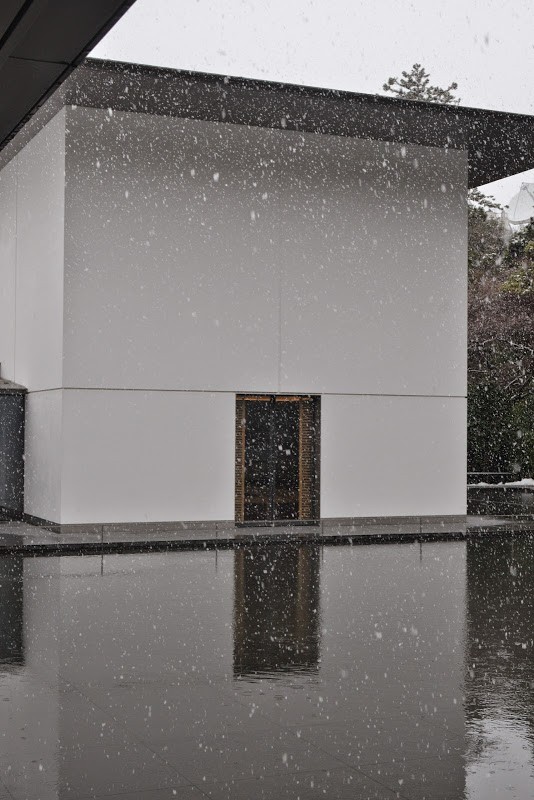 雪の思索空間、「鈴木大拙館」 Daisetz Teitaro Suzuki
雪の思索空間、「鈴木大拙館」 Daisetz Teitaro Suzuki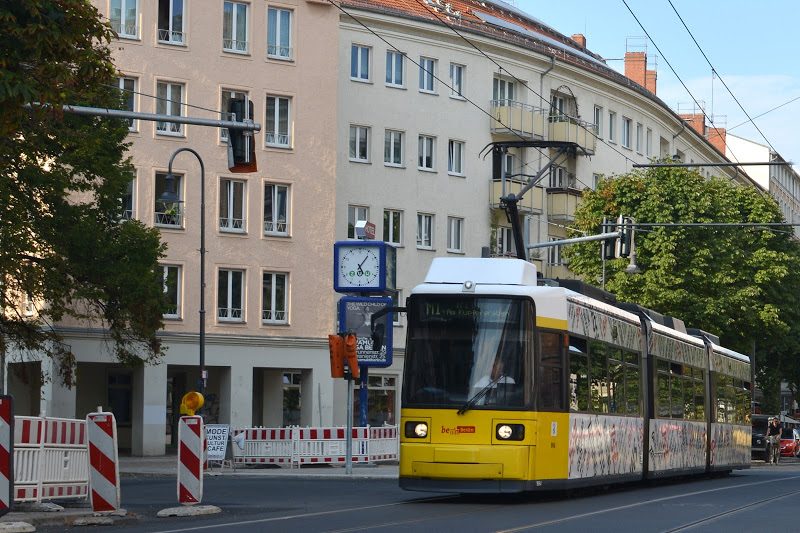 ベルリン市電 Straßenbahn Berlin
ベルリン市電 Straßenbahn Berlin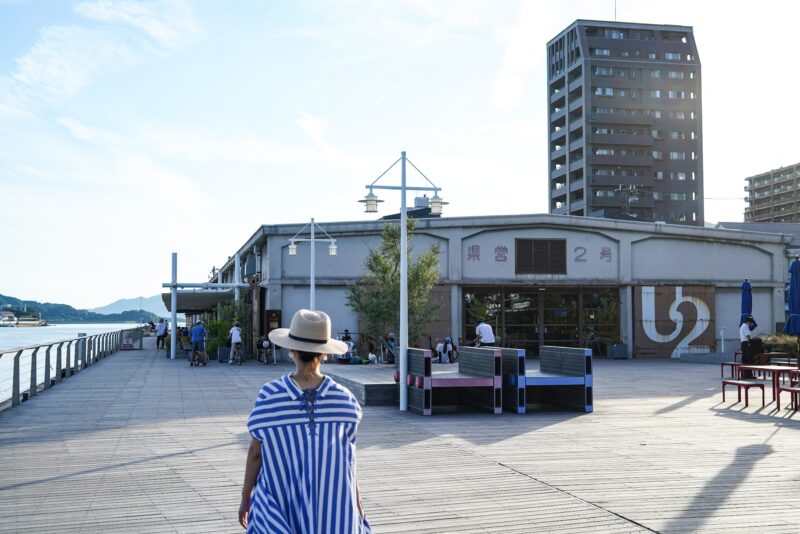 尾道の海辺に建つ倉庫『ONOMICHI U2』
尾道の海辺に建つ倉庫『ONOMICHI U2』- けもの道わたる
Random ランダム
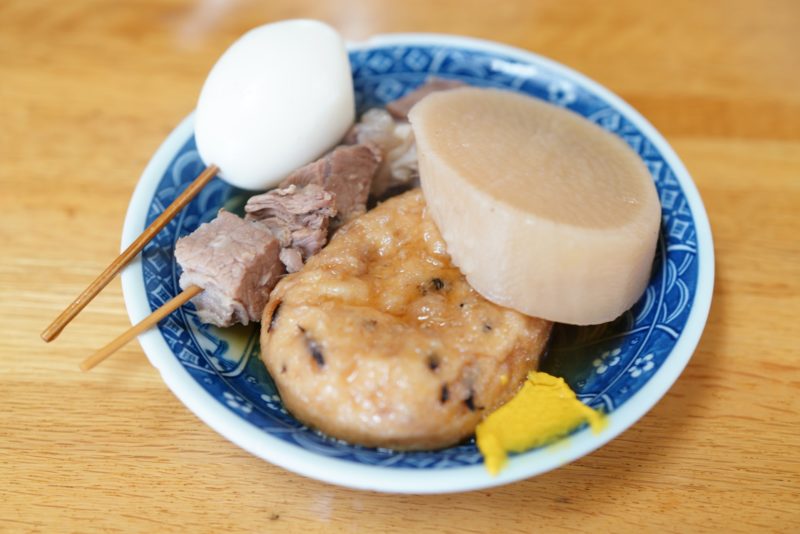 【姫路・創業80年】常連に愛され続ける姫路おでん「大衆食堂かどや」 – Himeji Oden “Kadoya”
【姫路・創業80年】常連に愛され続ける姫路おでん「大衆食堂かどや」 – Himeji Oden “Kadoya” 村の完熟きんかん – Kinkan (Chinese orange) of Sanagochi Village
村の完熟きんかん – Kinkan (Chinese orange) of Sanagochi Village 屋島から眺める瀬戸内が表紙に。広報誌『100万人のふるさと』 2019夏号
屋島から眺める瀬戸内が表紙に。広報誌『100万人のふるさと』 2019夏号 【動画あり】瀬戸内海を空から日本を見てみよう+
【動画あり】瀬戸内海を空から日本を見てみよう+- Airy Notes 外装パッケージデザイン
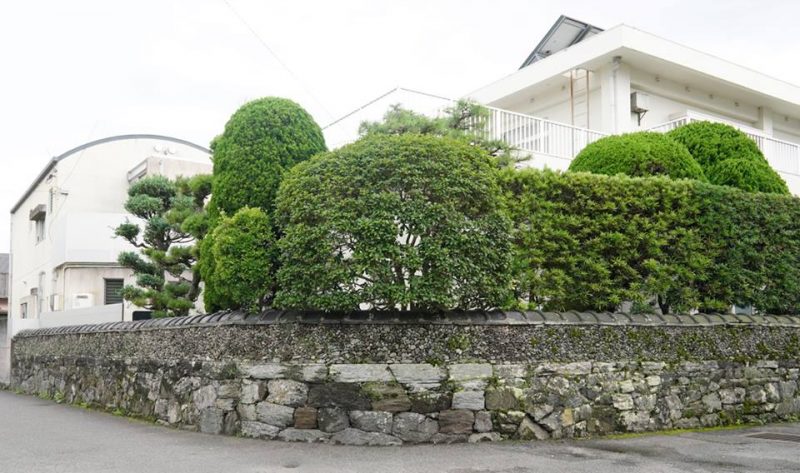 徳島、おとめ石の石積み – Otome stone wall at Tokushima city
徳島、おとめ石の石積み – Otome stone wall at Tokushima city 吉野川 Yoshino-gawa river
吉野川 Yoshino-gawa river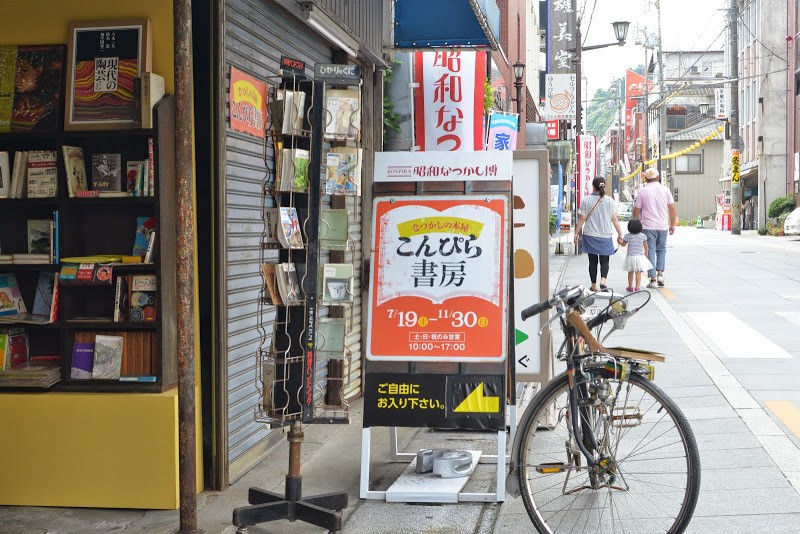 昭和の懐かしい本がよみがえる「こんぴら書房」 Konpira Bookstore at Kagawa pref.
昭和の懐かしい本がよみがえる「こんぴら書房」 Konpira Bookstore at Kagawa pref.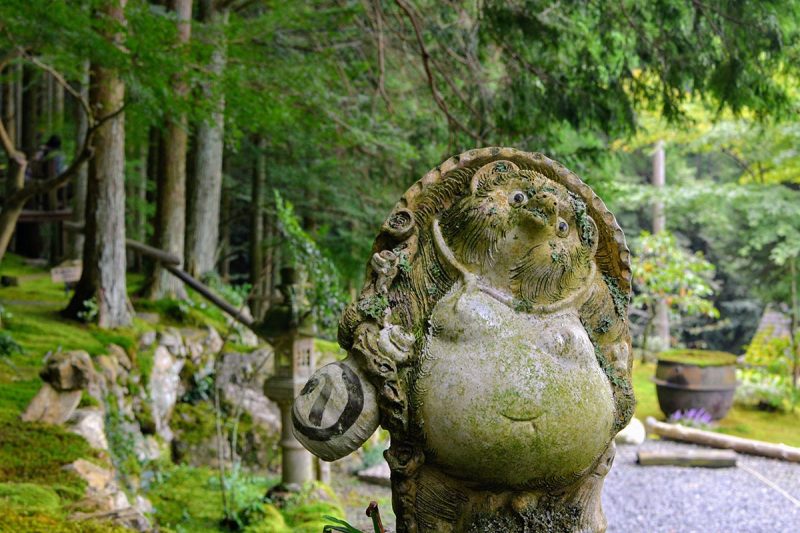 苔むす森の喫茶店「苔筵(こけむしろ)」 Tea house covered with moss “Kokemushiro”
苔むす森の喫茶店「苔筵(こけむしろ)」 Tea house covered with moss “Kokemushiro” スダチの村、さなごうち SUDACHI Flowers
スダチの村、さなごうち SUDACHI Flowers






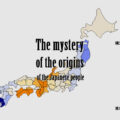
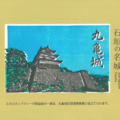





コメントを残す